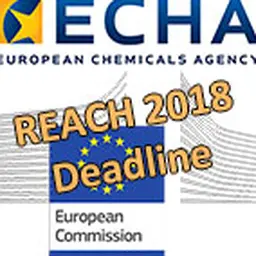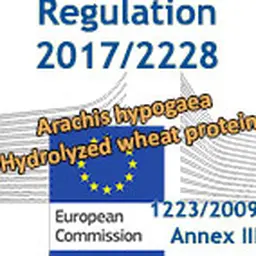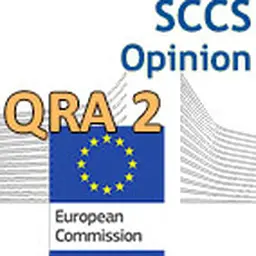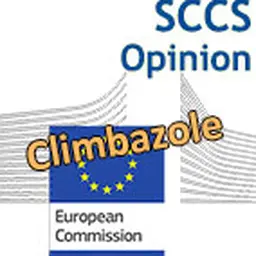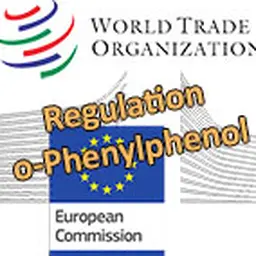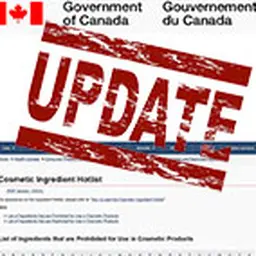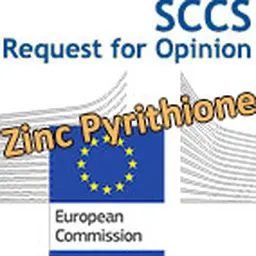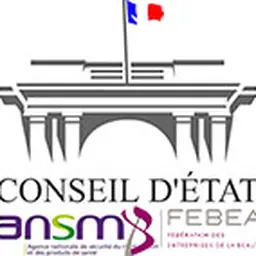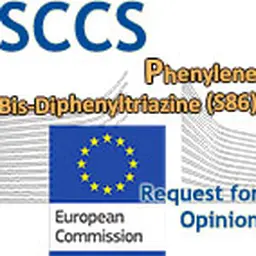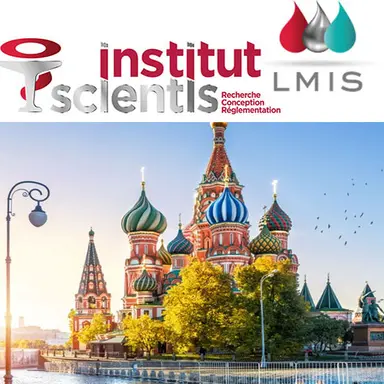
Russia is a founding member of the Eurasian Economic Union (EUEA), as are Belarus and Kazakhstan. Armenia and Kyrgyzstan joined the EUEA in 2014 and 2015 respectively. The regulation of cosmetic products in Russia is based on the Technical Regulation on the safety of cosmetic products. The content is based on European Regulation (EC) No. 1223/2009 but there are differences, in particular in terms of conformity assessment, labelling or expiry date.
Definitions
A cosmetic product in Russia has the same definition as in the European Union.
One nuance is that the age range of cosmetic products for children is up to 14 years.
Another definition identical to that of Europe is that of nanomaterials.
Reference texts and competent authorities
The main text is the Customs Union Technical Regulation TR/TC009/2011 on the Safety of Perfumery and Cosmetic Products (see the text, in Russian or in English), adopted by Decree No.799 of 23/09/2011 of the Customs Union Commission and entered into force in July 2012.
It outlines general requirements for ingredients, labelling, claims, regulatory dossier, manufacturing and hygiene criteria.
There are many standards (microbiological, physicochemical methods, evaluation of the sun protection factor, etc.) to ensure compliance with the Technical Regulation.
And other regulatory texts are to be taken into account for the marketing of cosmetic products in Russia, in particular the following:
• Order No.401 of 25 June 2007, which entered into force on 1 July 2007, establishing a list of products exempt from the obligation to denature with one of the four denaturants of the Russian positive list, according to the nomenclature of these products and their capacity
• Federal Law …

